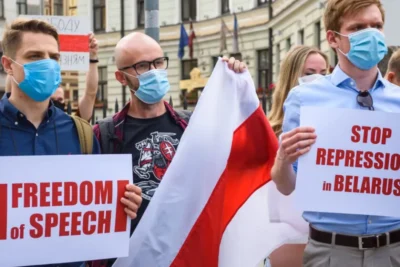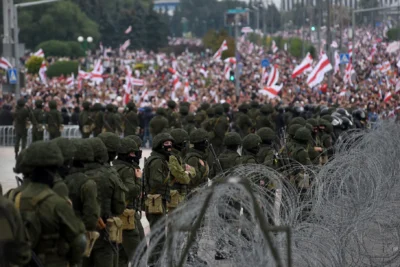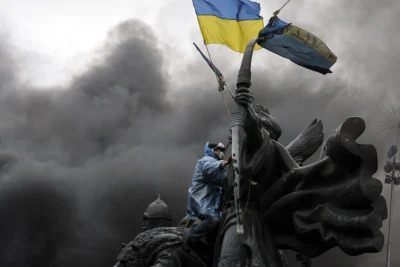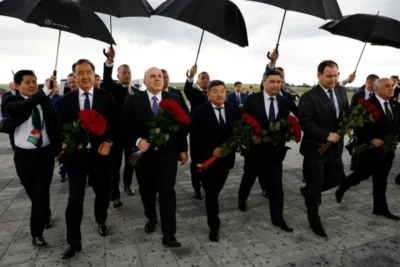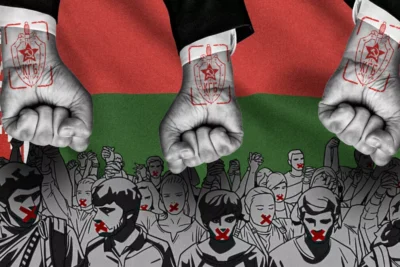
Belarus State Media: How The Propaganda Machine: Shapes Public Opinion in 2025
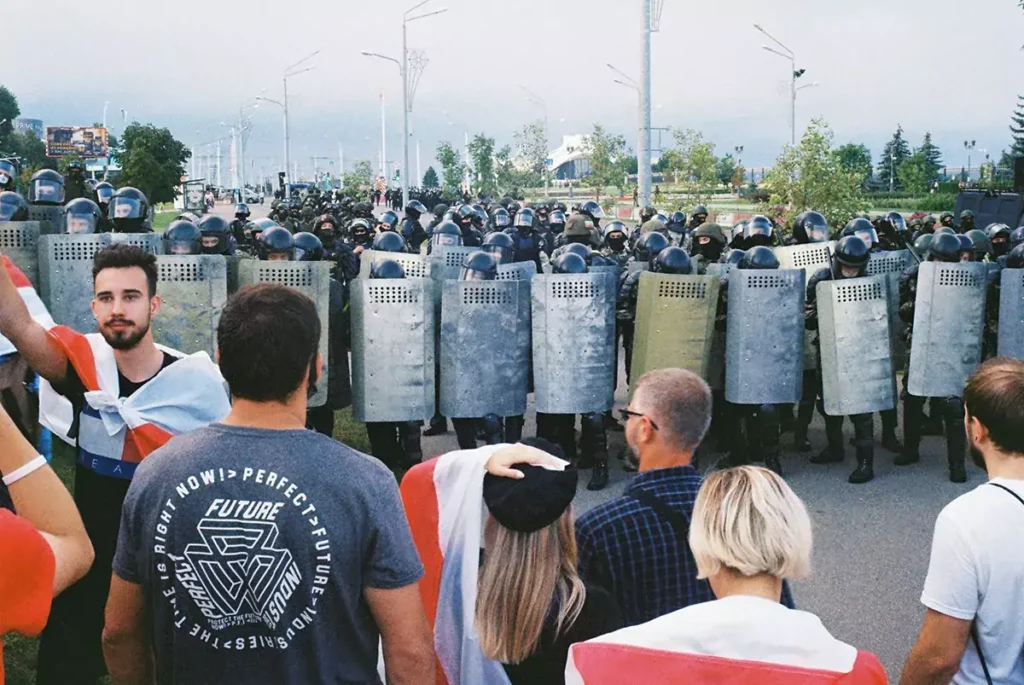
In 2025, the influence of Belarus state media has reached unprecedented levels, becoming one of the most powerful tools in the government’s arsenal to shape narratives, suppress dissent, and control public opinion. Through a combination of television, radio, print, and an increasingly monitored digital space, the state delivers a carefully crafted message designed to maintain political stability—at least in appearance—and strengthen its grip on society.
The Roots of State-Controlled Media in Belarus
State-controlled media in Belarus is not new. Since the 1990s, the government has held tight control over major broadcasting networks and newspapers. This approach intensified after the controversial 2020 presidential elections, which sparked widespread protests. By 2025, the media landscape is dominated almost entirely by pro-government outlets, with independent journalism facing relentless pressure, censorship, and legal threats.
While the internet once offered a space for alternative voices, new laws and cybersecurity measures have significantly reduced online freedom, ensuring that Belarus state media remains the primary source of news for a large segment of the population.

Techniques Used to Shape Public Opinion
The propaganda machine in Belarus operates on multiple levels, using both traditional and modern strategies to influence its audience.
1. Selective Reporting and Agenda Setting
News programs give extensive coverage to government initiatives, international visits, and economic projects—while omitting or downplaying stories that reflect negatively on the regime. Topics such as political repression, human rights abuses, and protests are often absent or reframed as “foreign interference.”
2. Emotional Framing
Reports frequently appeal to patriotism, fear, and national pride. By portraying Belarus as a nation under threat from external forces, the government fosters a “rally around the flag” mentality, positioning itself as the protector of stability and sovereignty.
3. Smear Campaigns Against Opponents
Opposition leaders, activists, and independent journalists are often depicted as agents of foreign powers or as destabilizing elements. These portrayals discredit dissent and discourage public support for alternative political movements.
While independent voices still exist online, they face constant surveillance and risk of prosecution. Pro-government accounts and bots amplify state narratives, creating an illusion of widespread public support.
The Role of Television and Radio
Television remains the most influential platform for the Belarus state media. Evening news programs, talk shows, and documentaries all align with official narratives. Radio stations, particularly in rural areas, serve as a vital channel for reaching citizens who may have limited internet access.
International Dimension of Belarus Propaganda
Belarusian propaganda is not confined to domestic audiences. Russian media networks and Belarusian state broadcasters often collaborate, sharing content that reinforces both countries’ political goals. This partnership ensures a consistent message across borders, particularly on topics like NATO, Ukraine, and Western sanctions.
The Impact on Public Perception in 2025
The dominance of Belarus state media has created a deeply polarized information environment. For many citizens, especially in rural areas or among older generations, state-controlled news is the only accessible narrative. Others actively seek alternative sources, often relying on VPNs or foreign-based independent outlets.
This information divide has a direct impact on social cohesion, political engagement, and resistance movements. By controlling the narrative, the government minimizes the risk of mass mobilization while maintaining an illusion of widespread approval.
Challenges Faced by Independent Media
Independent media in Belarus operates under extreme pressure in 2025. Websites are blocked, journalists are arrested, and offices are raided. Many have relocated abroad, working in exile to provide alternative reporting for Belarusians through online platforms, satellite TV, or encrypted messaging apps.
Despite these obstacles, independent journalism plays a crucial role in countering propaganda and documenting abuses. However, their reach inside the country remains limited compared to the power of Belarus state media.
Looking Ahead: The Future of Media Freedom in Belarus
As technology evolves, so do the government’s methods of control. AI-driven content moderation, enhanced surveillance tools, and stricter internet regulations will likely make it even harder for independent voices to reach the public. At the same time, growing awareness among younger generations—coupled with global pressure—may keep the fight for media freedom alive.
FAQs about Belarus State Media
1. What is Belarus state media?
It refers to media outlets owned or controlled by the Belarusian government, including national TV channels, radio stations, newspapers, and certain online platforms.
2. How does Belarus state media influence public opinion?
Through selective reporting, emotional framing, smear campaigns, and constant repetition of pro-government narratives.
3. Are there independent media outlets in Belarus?
Yes, but they face severe restrictions, censorship, and harassment, forcing many to operate from exile.
4. How can Belarusians access alternative news?
Some use VPNs, encrypted apps, or foreign-based satellite channels to bypass state censorship.
5. Does Belarus collaborate with other countries in media propaganda?
Yes, particularly with Russia, to align narratives on regional politics and global issues.


